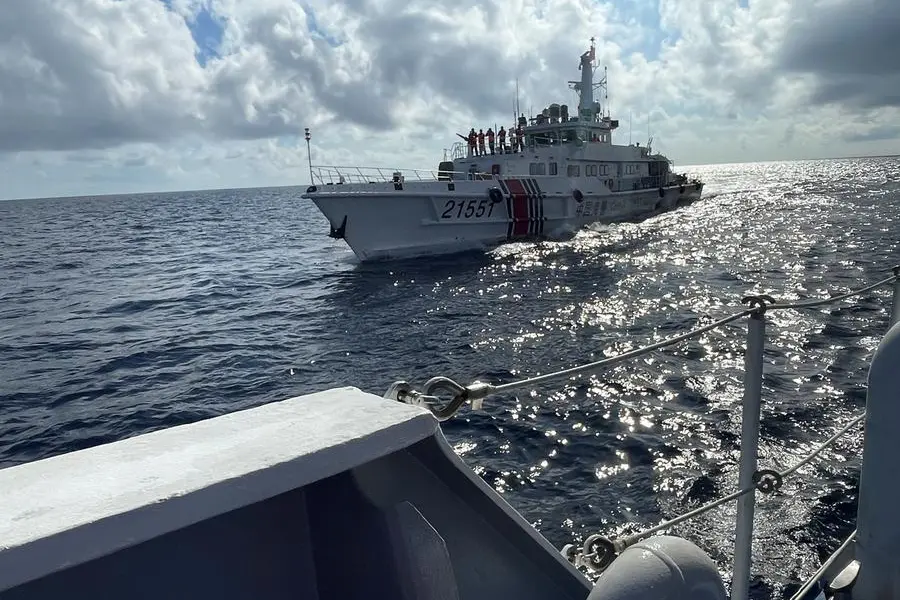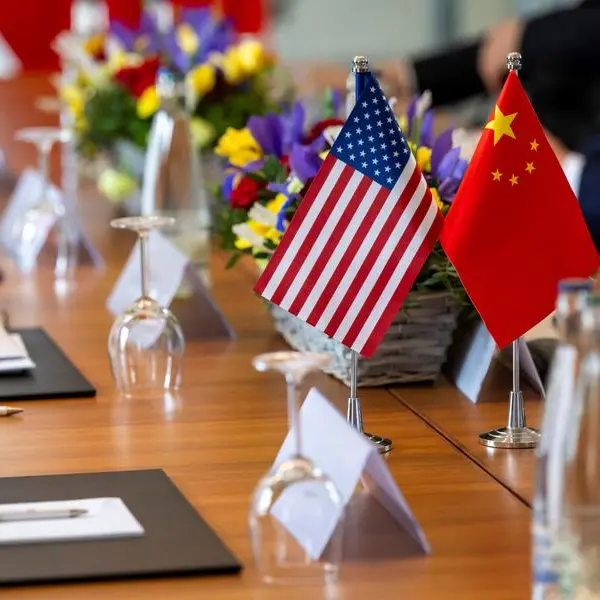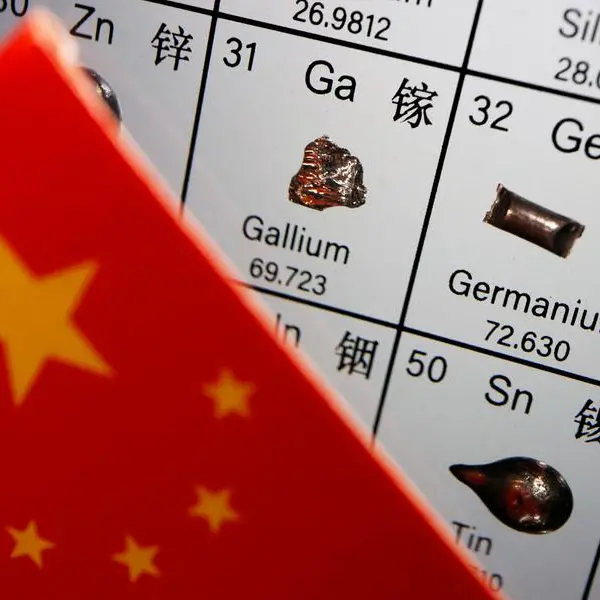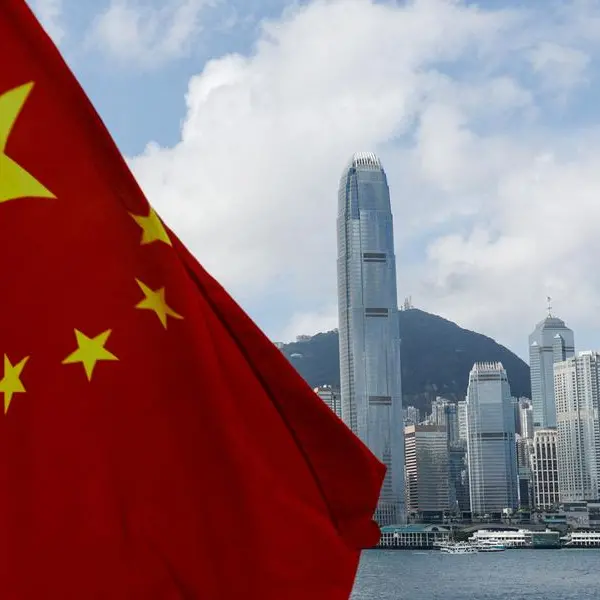PHOTO
A China Coast Guard ship is seen approaching a Philippines Coast Guard vessel escorting a resupply mission for Philippine troops stationed at a grounded warship, in the South China Sea, September 8, 2023. REUTERS/Jay Ereno Image used for illustrative purpose.
MANILA, Philippines — It was not China behind the departure of BRP Teresa Magbanua, the lead vessel of the Philippine Coast Guard, but bad weather and the need for resupply.
Coast Guard spokesperson Jay Tarriela issued the clarification on Monday, September 16, saying the *Magbanua* did not retreat from Sabina (Escoda) Shoal in the West Philippine Sea, where Chinese vessels have increased their presence.
"Forced by the Chinese for us to go back? I don't think so. I don't believe they're stronger than the Lord to be able to send a typhoon to Palawan," Tarriela said.
“It’s not just the supplies that compelled us to go back to Puerto Princesa... it’s the bad weather conditions,” he added.
The Coast Guard official also mentioned that the original plan was for the Magbanua to stay and be stationed in the area longer.
“The very bad weather conditions... compelled the commandant to recall the Teresa Magbanua, and of course, the dwindling supplies and those who needed medical care,” Tarriela said in a mix of English and Filipino.
Tarriela also said the Philippines did not lose anything by withdrawing from the location where a frequent standoff with China often occurs.
“When the *Teresa Magbanua* departed Escoda Shoal, the Chinese forces were also subjected to the bad weather conditions,” he said.
The pullout. A U.S. naval news agency first reported the withdrawal of the Philippine Coast Guard flagship on the morning of September 15.
Later that day, Executive Secretary Lucas Bersamin confirmed the Teresa Magbanua’s withdrawal, saying that it needed repairs and some of its personnel needed medical assistance.
The Coast Guard flagship has been subjected to harassment from Chinese maritime elements since its deployment to Sabina Shoal on April 15.
On August 31, a Chinese Coast Guard vessel reportedly rammed the ship, damaging its stern.
It also experienced water cannon attacks and blockades during resupply missions.
China's continued harassment of Philippine maritime vessels and aircraft stems from its refusal to recognize the 2016 arbitral ruling that invalidated its nine-dash line claim and affirmed the Philippines' sovereign rights over areas within 200 nautical miles of its coastline.





















